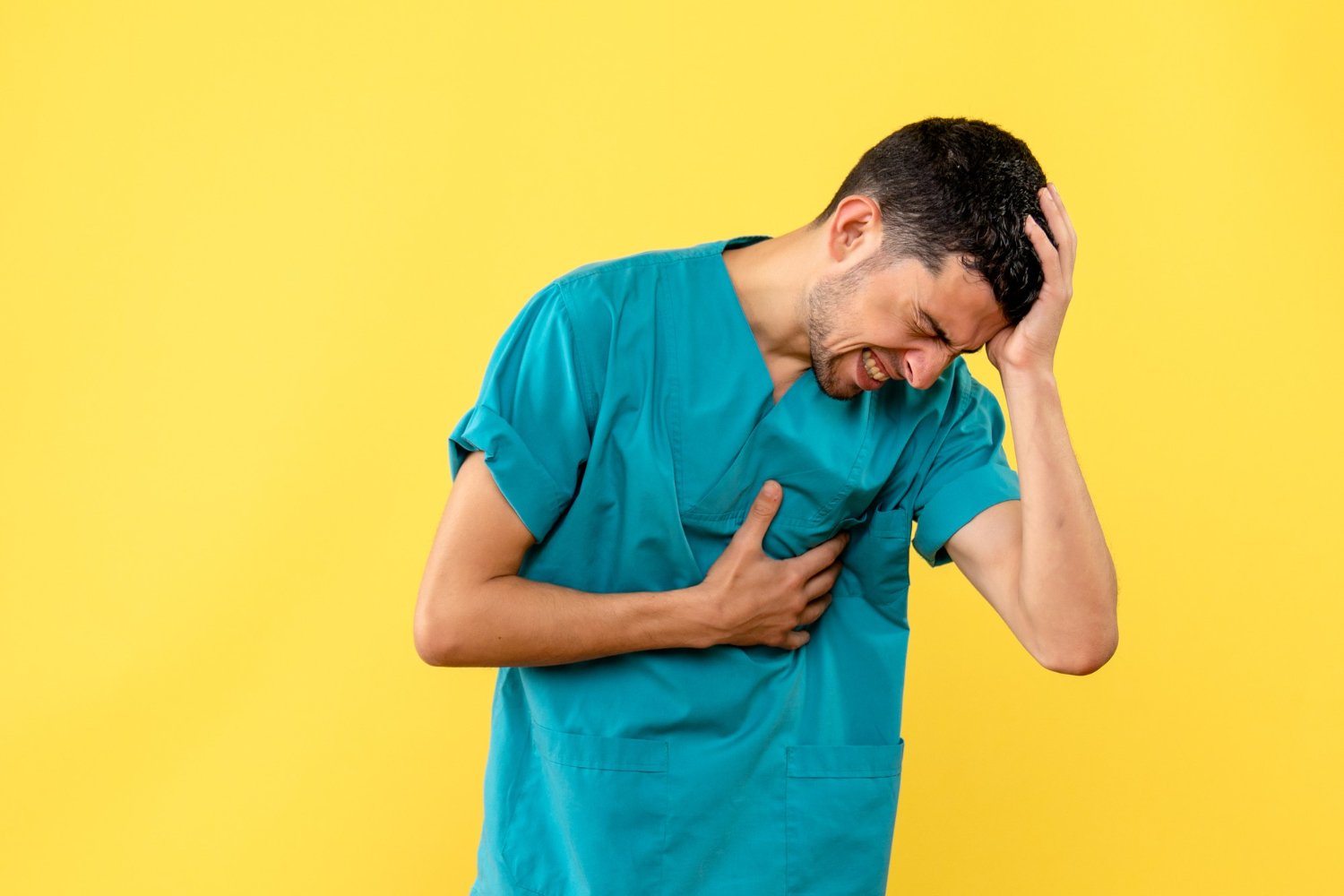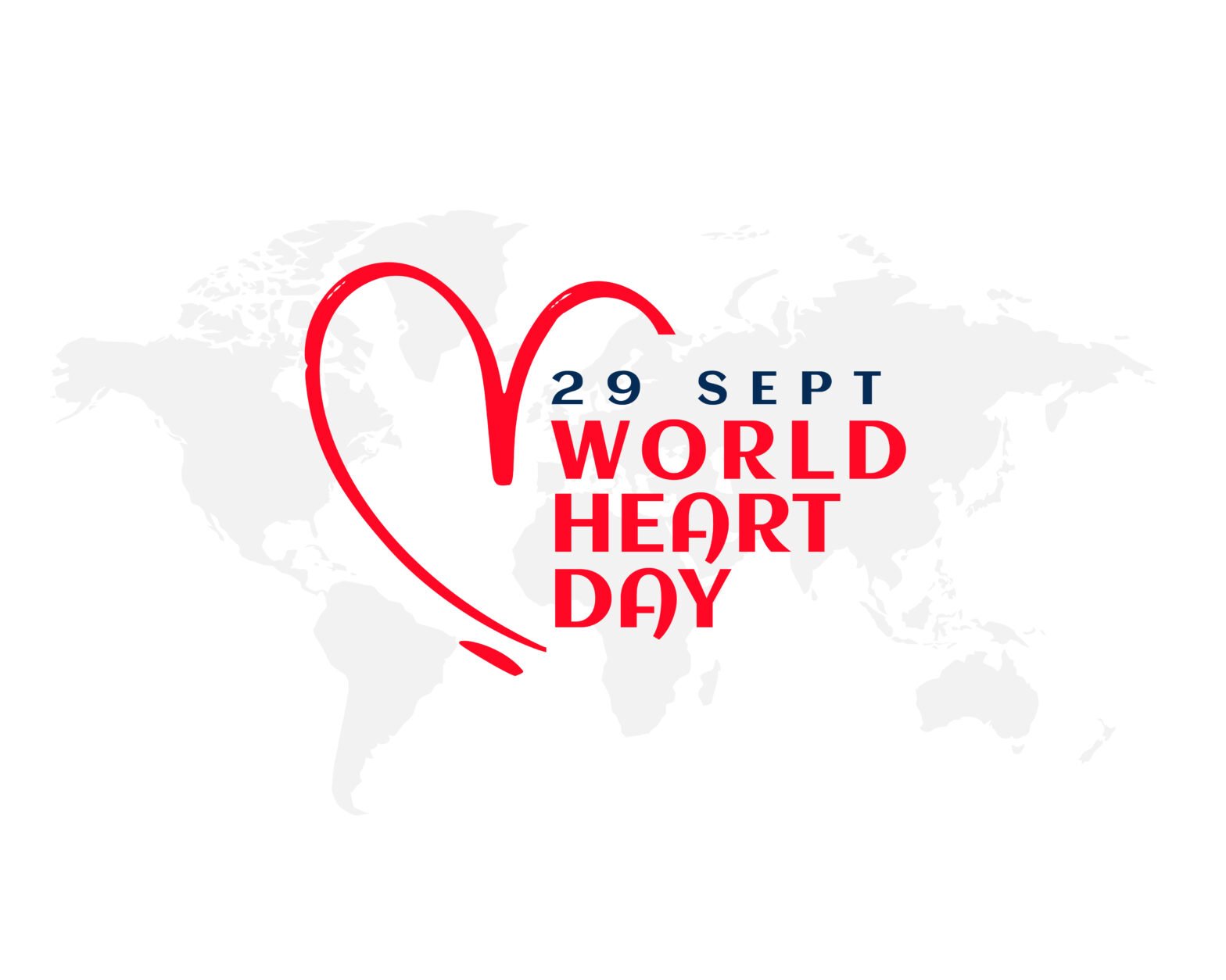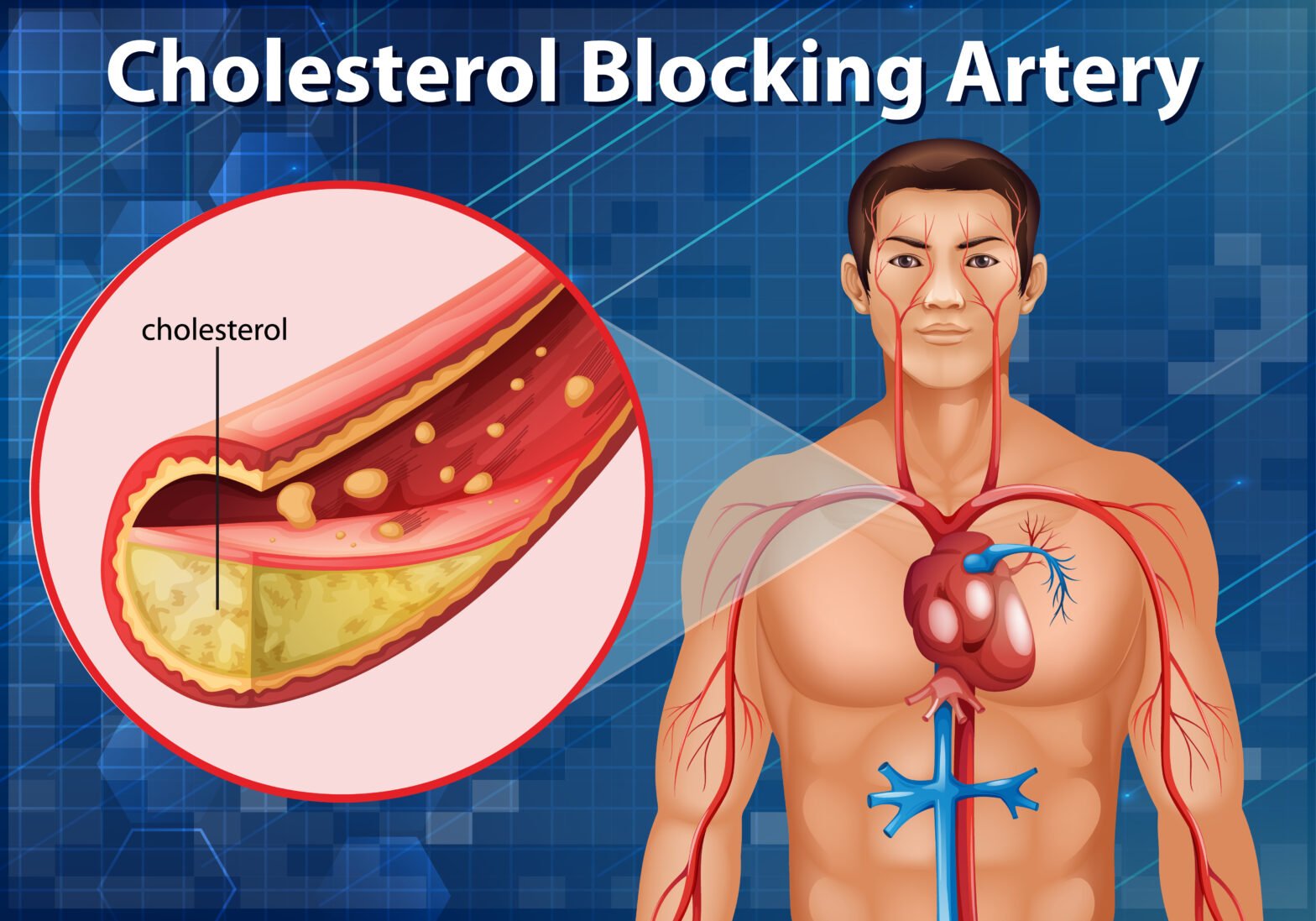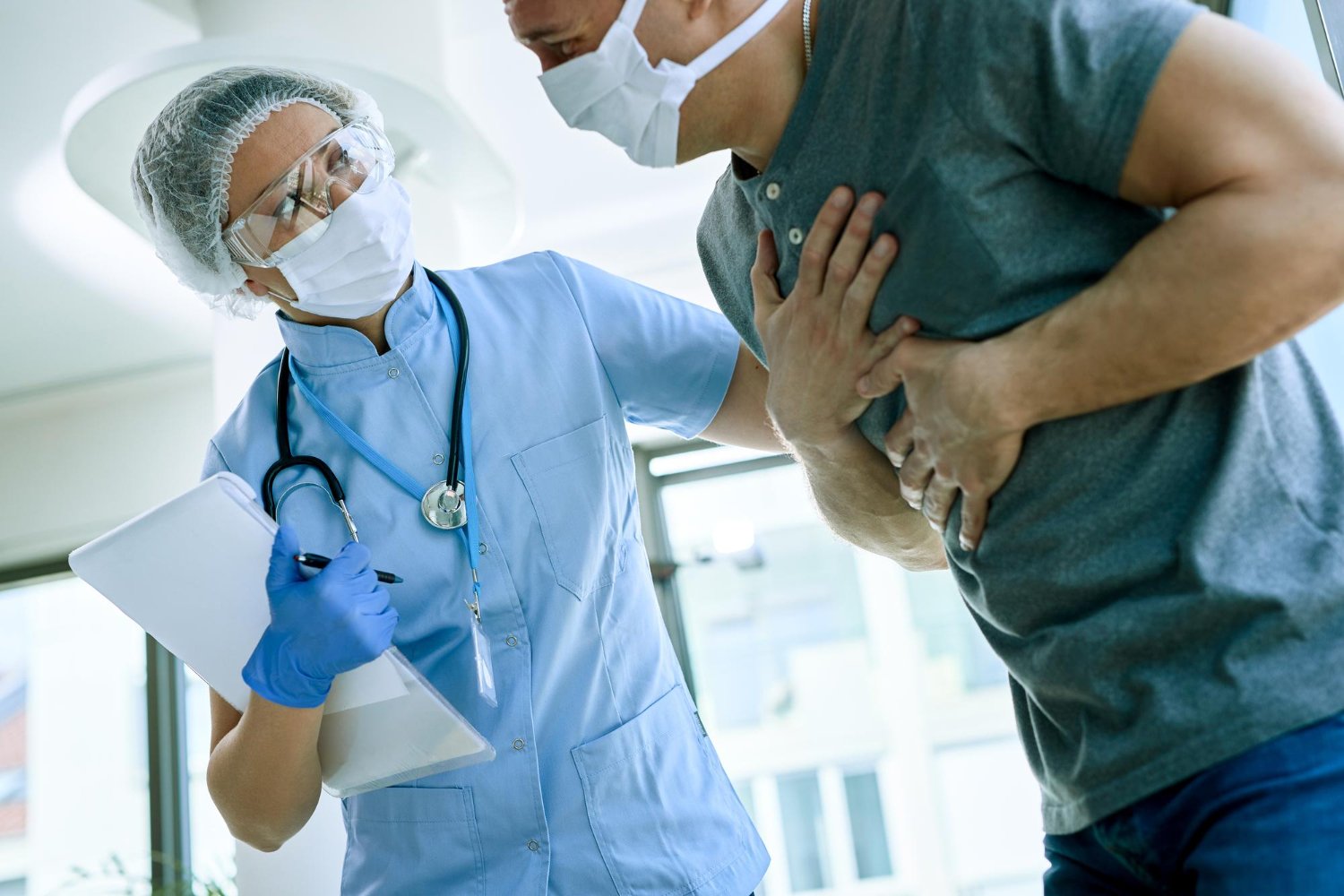Heart Attack in the Gym: A Growing Concern
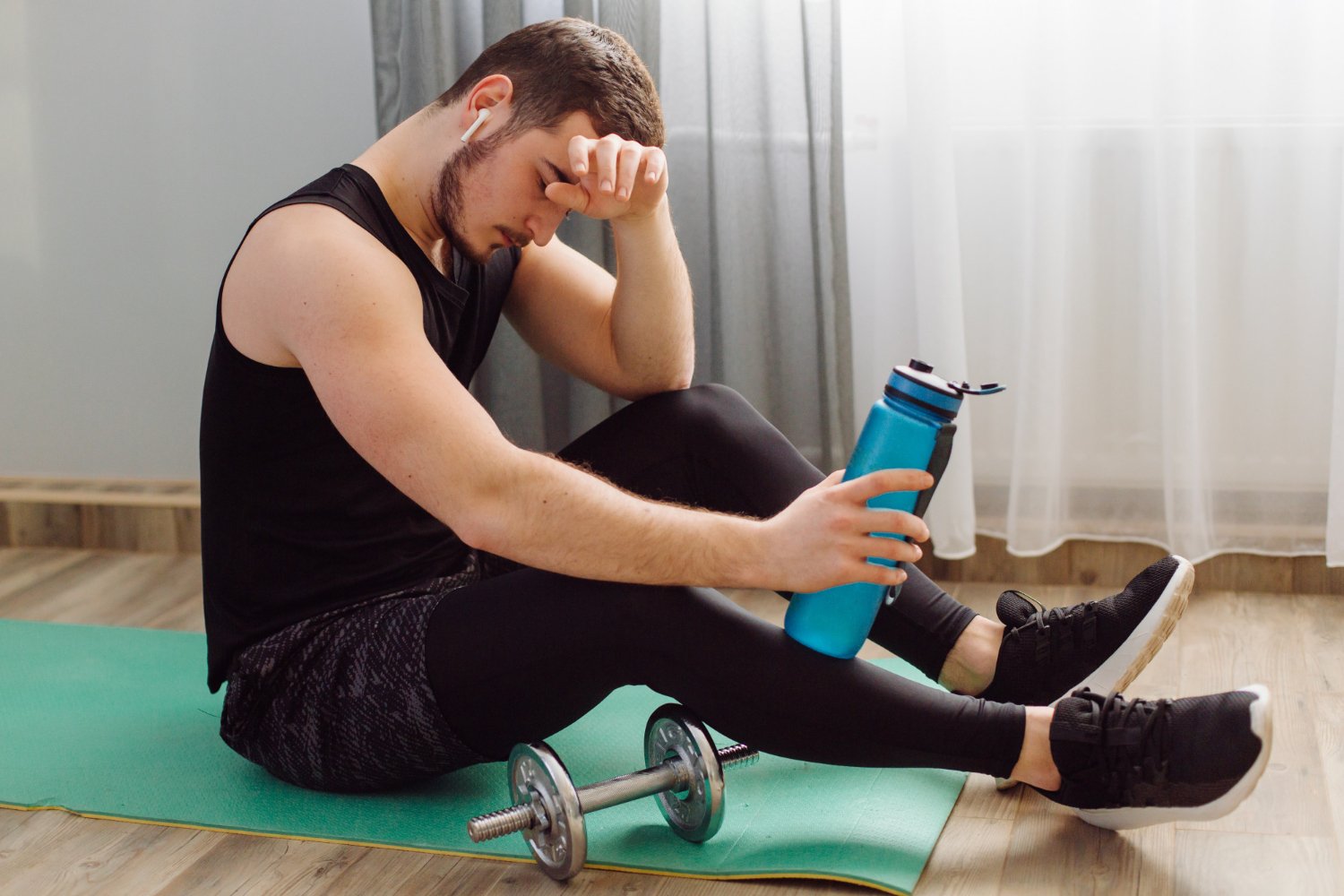
In recent years, reports of sudden heart attacks and cardiac events occurring during gym workouts have caught media attention and raised alarms in the medical and fitness communities. What was once considered a rare “athlete’s tragedy” is increasingly seen as a public health concern—especially as more people adopt intense fitness routines without fully understanding their cardiovascular risks.
This blog dives into why heart attacks in the gym are becoming more common, who is at risk, how to spot warning signs, and what precautions can help. Toward the end, we’ll also highlight the role of expert cardiologists in managing and preventing these events—with a special mention of Dr. Gautam Naik, a leading cardiologist at Apollo Hospital, Delhi.
Why Is This Trend on the Rise?
1. Increased Popularity of High-Intensity Training
With HIIT (High Intensity Interval Training), CrossFit, heavy weightlifting, and extreme cardio challenges being promoted widely, many gym-goers attempt strenuous workouts that stress the cardiovascular system. Sudden spikes in heart rate and blood pressure, especially in individuals who are unaccustomed, can precipitate an adverse event.
2. Undiagnosed or Silent Heart Disease
Many individuals carry underlying coronary artery disease, plaque buildup, or structural heart conditions without symptoms. Exercise-induced stress, surges in adrenaline, or abrupt exertion may destabilize plaques (causing rupture) or trigger arrhythmias.
3. Risk Factor Accumulation
Modern lifestyles combine multiple cardiovascular risk factors: sedentary work, processed diets, obesity, hypertension, diabetes, smoking, poor sleep, and stress. When someone with these risk factors starts intense gym workouts without preparatory conditioning, the margin for error is narrow.
4. Use of Stimulants, Supplements & “Boosters”
Pre-workout supplements, energy drinks, stimulants (e.g. high caffeine, or even undeclared substances), and performance-enhancing drugs may raise heart rate and blood pressure dangerously. In vulnerable hearts, this can act as a trigger.
5. Inadequate Warm-up / Sudden Jump in Effort
Jumping suddenly into maximum effort without gradual warm-up or progression can stress the cardiovascular system. The heart muscle, arteries, and nervous control need time to adapt to rising demand.
Who Is at Higher Risk?
While anyone can be affected, certain groups are more vulnerable:
- Age & sex: Middle-aged and older adults have higher baseline cardiovascular risk.
- Known cardiovascular disease or prior heart attack
- Risk factors: High blood pressure, high cholesterol, diabetes, obesity, smoking
- Family history of early coronary disease
- Structural or congenital heart diseases (e.g. hypertrophic cardiomyopathy)
- Fitness debutants doing very intense workouts early
- Substance use or stimulant exposure, especially pre-workout additives
- Poor hydration, electrolyte disturbances, heat stress, overtraining
Mechanisms: How Does It Happen?
Several overlapping processes can lead to a heart attack during exercise:
- Plaque rupture & thrombosis
The increased shear stress or pressure in arteries may destabilize atherosclerotic plaque, causing rupture. A clot forms on top and blocks blood flow.
- Demand–supply mismatch
In severe exertion, the heart’s oxygen demand rises steeply. If coronary arteries cannot supply adequate blood (due to narrowing), ischemia (oxygen deprivation) and infarction may occur.
- Arrhythmias & electrical instability
Triggered by ischemia, electrolyte shifts, autonomic changes, etc., arrhythmias may cause sudden collapse or fatal outcome.
- Acute rise in blood pressure & shear stress
Heavy lifting or intense bursts can cause transient spikes in arterial pressure, risking vascular injury or plaque displacement.
- Dehydration, electrolyte imbalance, hyperthermia
These factors may worsen electrical instability, reduce perfusion, and compound stress.
Symptoms & Warning Signs During a Workout
Recognising early warning signs is vital. Some may be subtle; others more alarming. Common signs include:
- Chest discomfort, pressure, squeezing, tightness (may not always be “pain”)
- Radiating discomfort (arms, back, neck, jaw)
- Shortness of breath disproportionate to effort
- Dizziness, lightheadedness
- Palpitations, skipped beats
- Cold sweats, nausea
- Extreme fatigue, sudden weakness
- Sense of impending doom
If any symptom persists or worsens, stop immediately and seek medical help. Chest pain is never normal.
Also, one should never assume “I’ll push through” — timely intervention can save lives.
Prevention: Safeguards for Safe Gym Workouts
Pre-exercise Screening & Medical Assessment
- Consult a cardiologist if you have any risk factors (hypertension, diabetes, family history).
- Baseline tests: ECG, echocardiogram, stress test (treadmill/effort), lipid profile, blood sugar, etc.
- Coronary calcium scan or CT angiography may be advised for those at moderate risk.
Gradual Progression & Warm-up / Cool-down
- Begin with light to moderate intensity, gradually increasing load.
- Always include 5–10 minutes of warm-up and cool-down phases to acclimatize the cardiovascular system.
Monitor & Respect Your Limits
- Use a heart rate monitor or wearable to track HR zone; don’t exceed safe zones.
- Listen to your body—if you feel undue chest pressure, breathlessness, or dizziness, stop.
- Avoid “ego lifting” or pushing beyond safe limits.
Avoid High-Risk Combinations
- Refrain from using unknown stimulants, excessive caffeine, or performance “boosters.”
- Stay well-hydrated and maintain electrolyte balance.
- Don’t train in extreme heat/humidity conditions without adaptation.
Gym Preparedness
- Gyms should be equipped with AEDs (automated external defibrillators) and staff trained in CPR.
- Always train with a partner or ensure someone is nearby who can summon aid.
- Recognize where the nearest medical facilities are.
Ongoing Monitoring & Health Management
- Regular follow-up with a cardiologist, especially if you have underlying risk factors.
- Manage blood pressure, cholesterol, and diabetes optimally.
- Maintain a healthy diet, rest, stress control, and avoid smoking.
What to Do in an Emergency
If someone collapses or shows acute symptoms:
- Call emergency services immediately
- Start CPR if they are unresponsive and not breathing
- Use an AED if available
- Do not drive the person yourself unless no alternative
- Provide as much information as possible: timing, symptoms, known risk factors
Rapid response can significantly impact survival in such situations.
Role of Cardiology Expertise: Why Specialist Care Matters
Early detection, risk stratification, and personalized guidance are essential. That’s where seasoned cardiologists play a key role.
One prominent name in Delhi’s cardiology circuit is Dr. Gautam Niloba Naik (commonly referred to as Dr. Gautam Naik), Senior Consultant – Interventional & Structural Cardiologist at Apollo Hospitals, Delhi.
Why Dr. Gautam Naik is Recognised
- He has over 12 years of specialized experience in interventional cardiology and structural heart interventions.
- His work includes advanced transcatheter therapies, structural heart disease management, and comprehensive cardiac diagnostics.
- He is widely regarded as one of the best cardiologists in Apollo Hospital, Delhi, known for his patient-centric approach and high success rate in complex cardiac procedures.
Under the care of such an expert, patients can receive in-depth evaluation of personal risk, guidance on safe exercise prescription, protocols for monitoring, and timely interventional care if needed.
Conclusion & Call to Action
Heart attacks in gyms represent an alarming intersection of ambition and vulnerability. Fitness is laudable—but when pursued without awareness and medical guidance, it can expose individuals to hidden cardiovascular hazards.
The message is: exercise thoughtfully, not recklessly.
- Undergo medical screening, especially if you have risk factors.
- Start gradually, respect your limits, and avoid sudden jumps in intensity.
- Use monitoring and stay mindful of symptoms.
- Choose gyms that are safety-equipped.
- Partner with a cardiologist for periodic review.
And if you’re seeking expert cardiovascular guidance in Delhi, Dr. Gautam Naik of Apollo Hospitals is among the leading cardiologists who can help personalize your heart-safe fitness journey.

